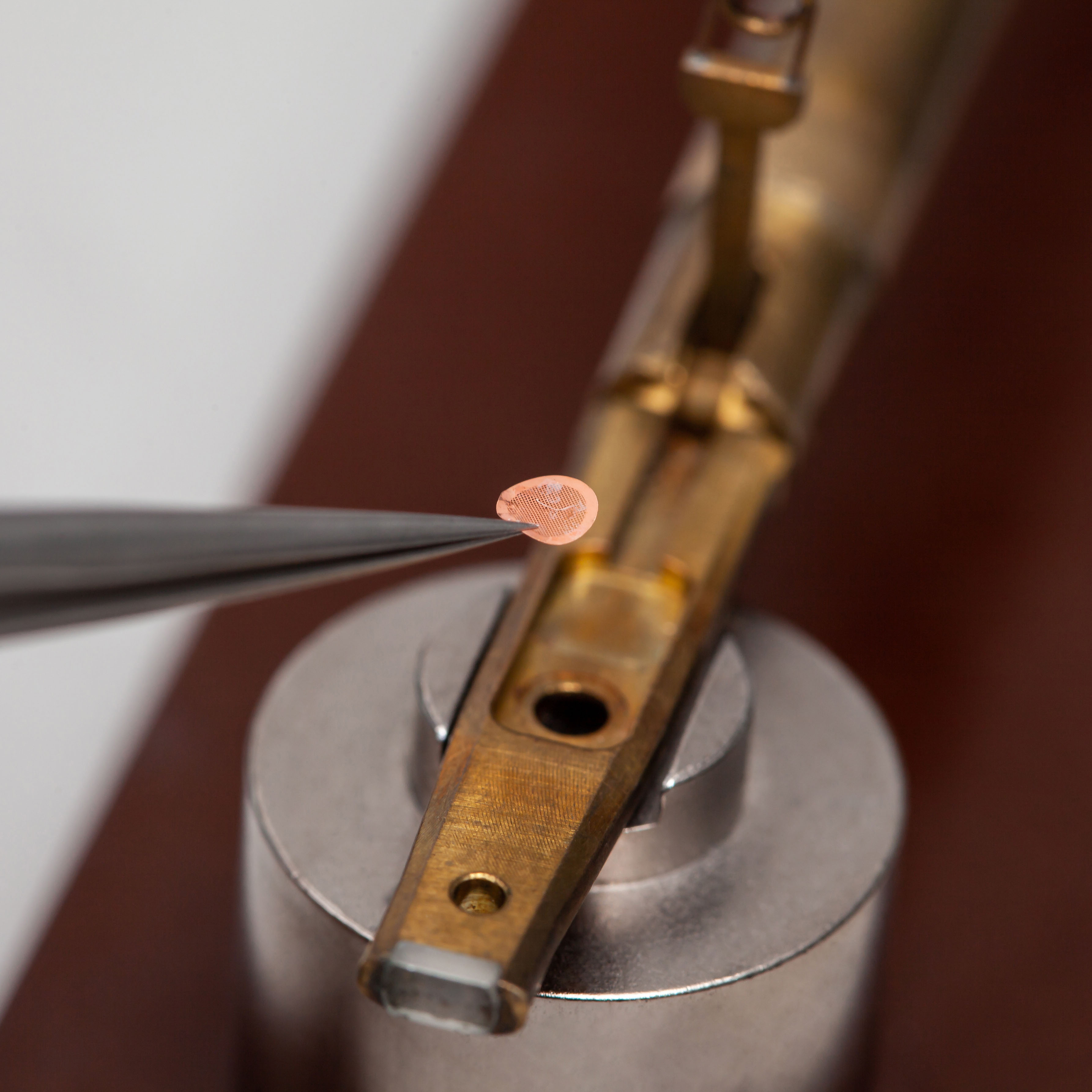
Background
Structural biology is a fascinating discipline that has provided valuable insights into the three-dimensional structures of cells and macromolecules. Preparing samples for advanced techniques such as ATR-FTIR Spectroscopy, Crystallography, or Cryo-EM often requires diverse sample types and specific conditions to ensure optimal results.
Challenges
- Handling tiny volumes of precious samples on delicate structures, such as cryo-EM grids, requires precision and careful technique.
- Managing extreme conditions—e.g., maintaining very cold temperatures without interruptions—is crucial to ensuring vitrification in cryo-EM, which is necessary for forming amorphous ice crystals.
- Preparing different samples in different solvents can be challenging and requires specific setups for sample preparation.
Your Advantages of Using Microdispensing
- Ultra-low volume handling for precise dispensing onto substrates of any type.
- Non-contact dispensing ensures no interaction between the dispenser unit and the substrate, preventing surface damage.
- Temperature control capabilities allow equipment to be heated or cooled as needed.
- Seamless integration into existing setups for enhanced workflow efficiency.
Example Applications of Microdispening in Structural Biology
- Sample preparation for ATR-FTIR spectroscopy for imaging proteins
- Sample preparation of proteins for crystallography
- Sample preparation for Cryo-EM
Use Cases of Microdispensing for Structural Biology
Microdrop-Clients & References
"Optimal performance of our automated platform requires seamless interoperability between all components. Precise parameter control—particularly for functions such as dispensing—is critical to ensure accuracy and repeatability."
Gergely Papp, Team leader at EMBL Grenoble (link)
